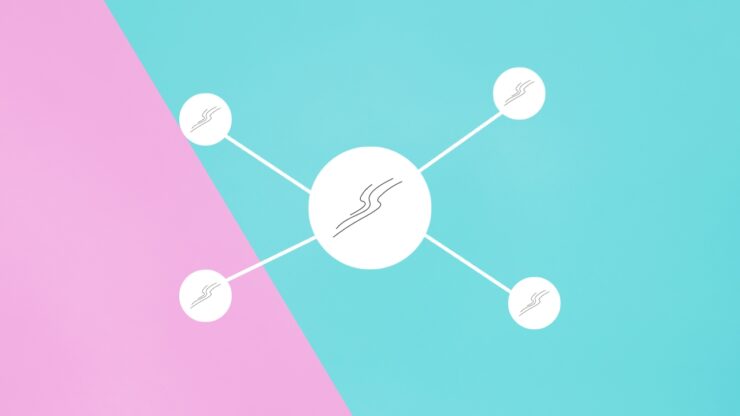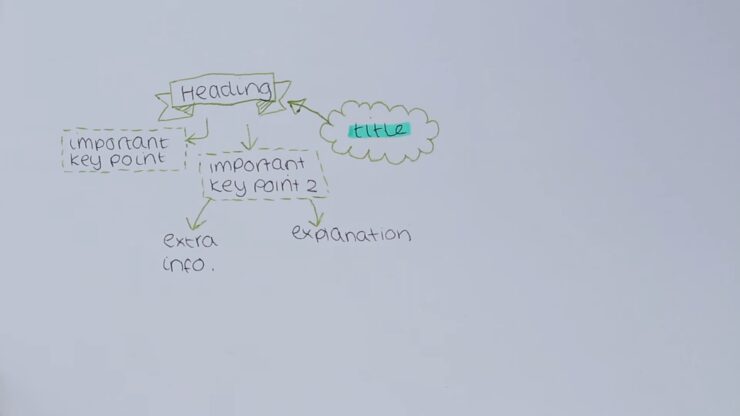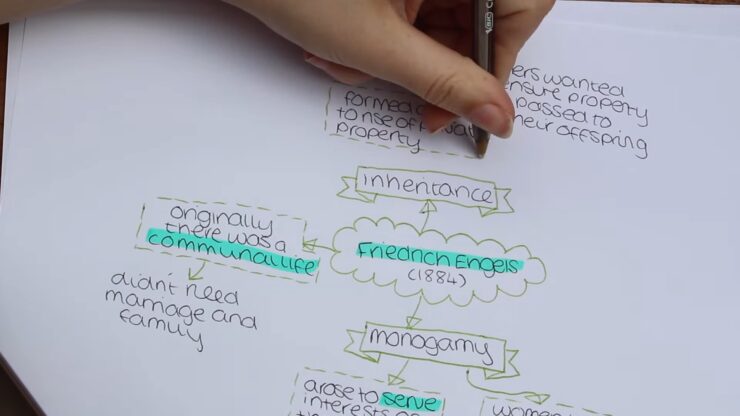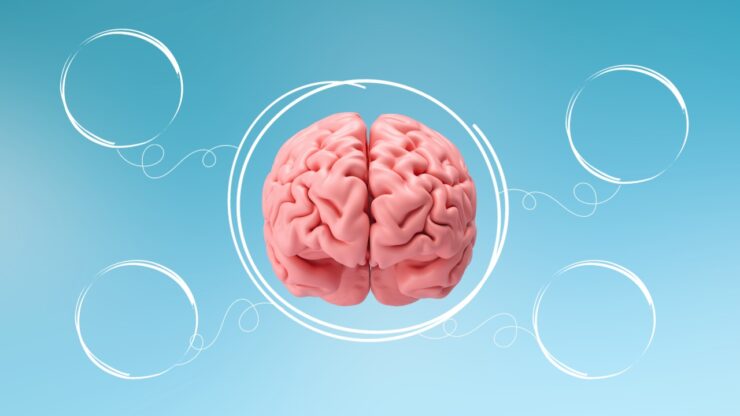Are you struggling to learn new things, do your homework, or get ready for the upcoming exams? You use many learning techniques, but nothing seems to work, so you need more ideas on how to boost your learning. Do you know about the concept of mind maps?
It’s a powerful learning method that you can use to easily understand the topic, improve your memory, and boost creativity. It’s a visual representation of the things you need to learn, making it easier to organize your ideas, identify the relationship between different matters, and make connections. You can surely create it manually or find a mind map online template to make it even easier
So, here today, we’ll explain how to effectively use mind maps and enhance your overall learning experience.
Start With a Central Topic

The first step is identifying the central topic in your mind map. Make sure you understand the matter, and you can spot what it’s all about. Let’s say you have a new lesson in biology about photosynthesis, i.e., the process of converting carbon dioxide and solar energy to oxygen and sugars.
That means the central topic is the place where photosynthesis happens – the plant. So, you can draw a tree or flower in the center of your paper and then extend it as needed. This way, you represent who or what has a central role in the lesson.
Extend the Mind Map
The next thing to do is to write down all the relevant ideas connected to the central topic. Write them down in a separate branch that comes from the central topic. For example, if you have photosynthesis as a central topic, you can add the terms that contribute to it.
So, according to the scientific definition, photosynthesis is a biological process, so highlight that fact. Then, you can add that the byproduct of this reaction is oxygen, while the whole process converts light energy into chemical energy using organic compounds from the soil. Also, mention that carbohydrates like glycogen and cellulose are part of this reaction.
Now you have a basic mind map about photosynthesis, you can further extend into sub-branches, depending on the material you need to learn.
Add Notes and Colors
To make the mind map visually appealing but also easy to grasp, you can add visual elements like sketches, coloring, and important notes. All these steps can help you understand the topic better or identify even more connections easily.
For example, in the photosynthesis example, you can color the sunlight yellow, the carbon dioxide black, and the oxygen blue, so you can associate the terms with their visual appearance. Surely, the chlorophyll should be green, while the minerals from the soil can come in various colors.
The more engaging and visually appealing your mind map is, the easier it will be for you to remember the matter.
Use Images if Possible
Sometimes, instead of writing down phrases and sentences, you can use images to build a mind map. Find relevant thumbnails that easily fit the branches and sub-branches and make the map visually engaging.
This way, you can use your photographic memory to learn new things easily and find connections to the lessons you already know.
How to Improve Your Mind Map for a Better Learning Experience?

Once you have the foundation, you can create a template to reuse for the other lessons and subjects. You can even share your version with other students who are interested in learning more effectively. Make sure that your mind map is clear, concise, and easy to follow.
Additionally, you can use it to take notes during the lectures, identify the main point immediately, and organize the information you need to digest later.
Sometimes, it can be a great tool for brainstorming sessions, and its usage is not limited to studying only. You can, for example, use the concept of mind map to create topic clusters around the main idea while focusing on important connections to the extended ideas.
In many cases, mind maps can be used to solve problems by breaking down the large problem into smaller milestones. This way, you can be more creative when it comes to potential solutions. You can even use it to develop characters for a novel writing poetry pieces, essays, and academic papers.
So, mind maps not only ease the studying process but they can be used in many other creative tasks that require memorizing new things or developing a huge idea into a few smaller ones.
Our Summary to Mind Map Creation and Usage

Mind mapping is a great way of visualizing things that are difficult for you to learn. Of course, the use is more comprehensive; that is, these maps are not limited to learning but can also be used in work or the creation of new and creative works.
The idea is to learn how to identify the central theme of a lesson or project. Based on that, you can expand and refine that basic idea, add new things that would improve the whole process, identify the connection between different branches of your mind map, and even come up with new and creative solutions to a problem.
In general, mind maps will help you to:
- You learn new things easier and more efficiently than ever
- To know how to explain to another person what you have learned
- To present an original idea or solution to a problem
- To discover unique perspectives in the things you study and do
- To help another person who has problems learning new information
- To make your or your children’s learning an easy and productive process
Therefore, whether you create your own mind map or use a template online, it is important to know how to identify what is important in the lesson and build the map further based on that knowledge. Of course, sometimes you will need to make several smaller mind maps so that you can later find the logical connection between them.
In this way, you not only improve your creativity but make boring processes easy to understand and accept. You only need to make a small concession in how you learn new things and find the logical connection between them.
If you use them correctly, mind maps can be a powerful tool with which you can solve even the most complex tasks in an efficient and creative way. So, find a way to implement them into your everyday life and change the entire thought process that happens when you need to create or learn something.

